Introduction to the Flavor of Faiparena Coffee dried on the trees of Ipanema Manor in Brazil
Ipanema Manor in Brazil is also a coffee plantation with history.
Since its establishment in 1969
With inherited experience, professional and modern equipment,
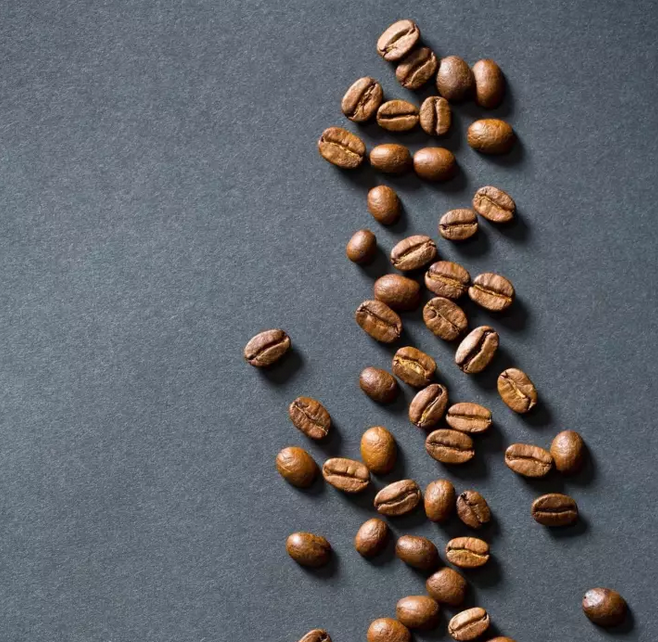
The true and strict quality control system creates the high-quality coffee produced.
It is not difficult to set up a quality system, but it is not easy to implement it.
A lot of domestic ISO quality control, are only high-loaded inspection!
Own three farms
They are Conquistar, Capoeirinha and Rio Verde
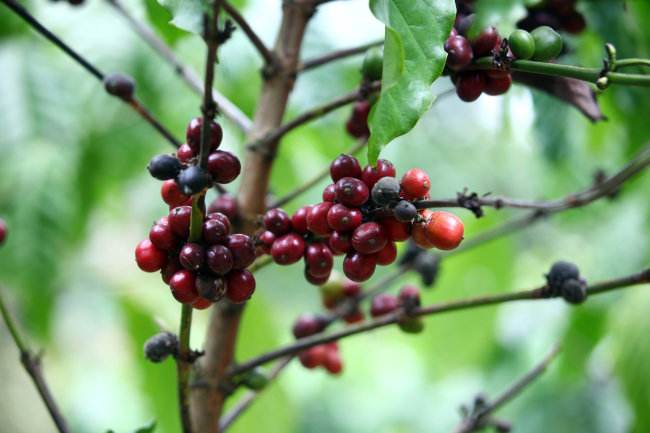
All three farms are located in Sul de Minas, Brazil's famous boutique bean producing area.
Ipanima provides no less than ten kinds of fine raw beans.
What I bought this time is Dulce (transliteration of Dulce)
The original text means "sweet" (haru says it is Spanish).
Because this raw bean belongs to the sun treatment.
With the addition of the big dulce on the sack
There is also a row of small print that says sweet natural
So some importers call it sweet sun.
It's 100% Arabica beans.
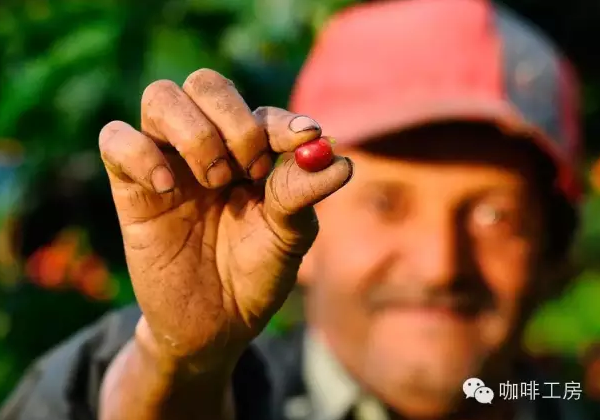
It is a mixture of raw beans harvested at different heights from three farms.
Interestingly, although it is classified as natural
But in Iparena's introduction to this raw bean,
There is a paragraph that reads:
It means what Taiwan raw bean merchants call "drying in the trunk"-- the tree has already begun to dry with skin and meat.
This is also an alternative honey treatment-the aim is, of course, to improve the aroma and sweetness of coffee!
Therefore, it is named Dulce, which is just the right part.
Ipanima introduced the flavor of this bean as follows:
Good alcohol thickness, obvious aroma and acidity, excellent sweetness.
Important Notice :
前街咖啡 FrontStreet Coffee has moved to new addredd:
FrontStreet Coffee Address: 315,Donghua East Road,GuangZhou
Tel:020 38364473
- Prev
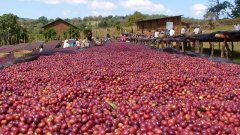
Introduction of Indian style Malaba Flavor detailed introduction of Wind stain treatment and its effect on Coffee Bean
Parwati Coffee (Wind-stained Malaba) the most famous beans in India are Monsooned Malabar and Mysore Nuggets Extra Bold, which means monsoon, so it is also known as monsoon Malaba. In the past, raw coffee beans from India were all exported to Europe, raw in the process of shipping.
- Next
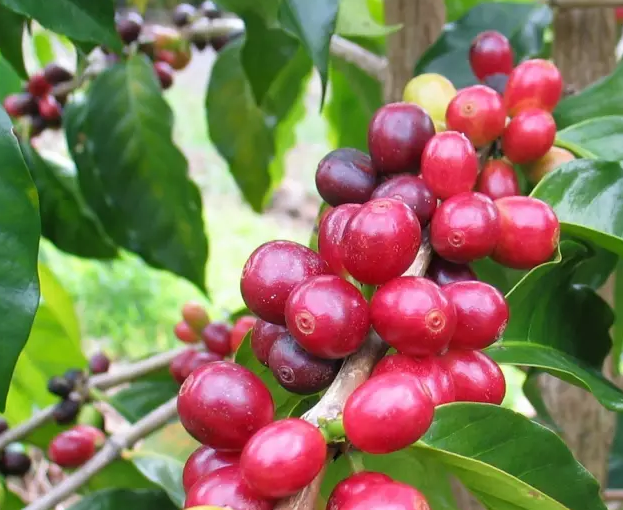
Indian Malabar style-stained coffee describes in detail how to maintain the effect of production methods on flavor.
When it comes to Asian coffee, most people will first think of Indonesian gold Manning and Toraya, or Vietnamese coffee or Liaoguo coffee, as well as recently developed coffee from Taiwan and Yunnan in China. Indian coffee has a long history, and it is also the first country in Asia to grow coffee. It has always had a place in the coffee world.
Related
- What is the meaning of lactic acid fermentation with coffee bean treatment?
- How to judge the state of foam by sound?
- How does the latte pull out the unicorn pattern? Come to get for a little trick to improve the flower pull!
- Will flower pulling affect the taste of the latte?
- Do you know the history of coffee?
- The difference between honey treatment and sun washing what is raisin honey treatment?
- What kind of milk can a novice use to make coffee foam to keep the foam longer? The correct method and skills of milking tutorial sharing
- Why do washed coffee beans taste sour? Flavor characteristics of washed Coffee
- Introduction to the skill of how to practice the size and height of water injection around the circle of hand-brewed coffee
- How do beginners practice coffee flower drawing from scratch?

